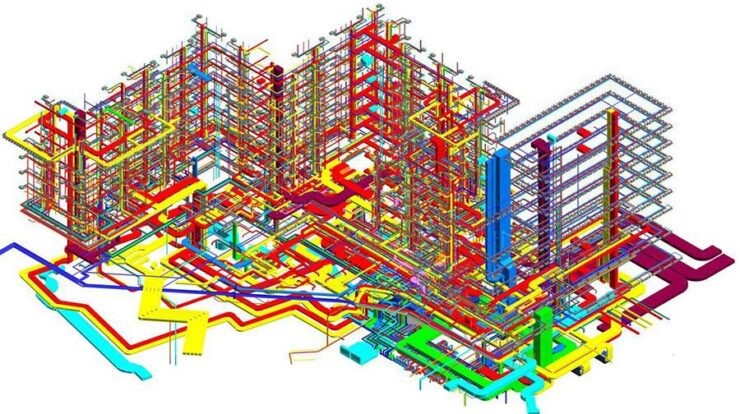

Understanding BIM 3D Modelling
Definition of BIM 3D Modelling
Building Information Modeling (BIM) 3D Modelling is a digital representation of the physical and functional characteristics of a facility. It serves as a shared knowledge resource for information about a facility, forming a reliable basis for decisions throughout its lifecycle. Essentially, BIM 3D Modelling integrates geometric, spatial, and geographical data to create a detailed virtual environment that mimics real-world buildings. For example, architects can modify designs with instant visual feedback, allowing for a more collaborative approach to addressing design challenges.
Evolution of BIM in Construction Industry
The evolution of BIM in the construction industry has been remarkable:
- Early Beginnings: Originating in the 1960s and 70s, early iterations were primarily focused on 2D drafting.
- Introduction of 3D Modelling: The 1990s saw the shift towards 3D technologies, enabling more comprehensive designs.
- Standards and Practices: By the 2000s, standardized BIM practices evolved, allowing for broader adoption and integration into project workflows.
This progression highlights the transition from basic drafting to advanced, collaborative modeling solutions that revolutionize how buildings are planned, designed, and constructed.
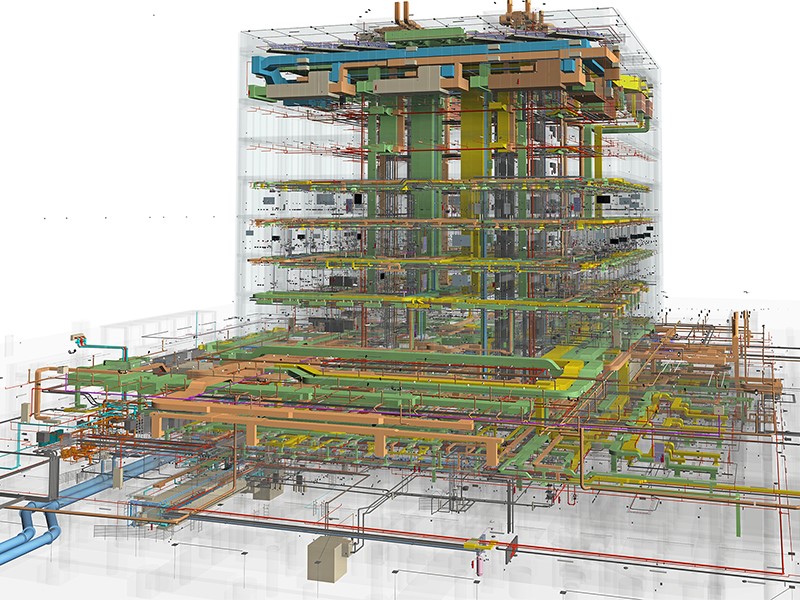

Benefits of BIM 3D Modelling
Improved Collaboration and Communication
One of the most significant benefits of BIM 3D Modelling is the enhanced collaboration and communication among stakeholders. By providing a centralized model, all project participants—architects, engineers, contractors, and clients—can access the same information in real-time. This transparency fosters a shared understanding of project goals and specifications, reducing miscommunication. For instance, during a recent project, the team utilized BIM, which allowed them to address design alterations promptly, avoiding costly delays.
Enhanced Visualization and Design Efficiency
BIM 3D Modelling also excels in enhancing visualization and design efficiency. With its realistic 3D renderings, stakeholders can "walk through" the project before construction begins, identifying potential issues early. Key advantages include:
- Interactive Design Adjustments: Instant updates allow for immediate design changes based on real-time feedback.
- Better Client Engagement: Clients can visualize their future spaces, leading to higher satisfaction and approvals.
Overall, these benefits significantly contribute to a smoother project lifecycle and a more efficient design process.
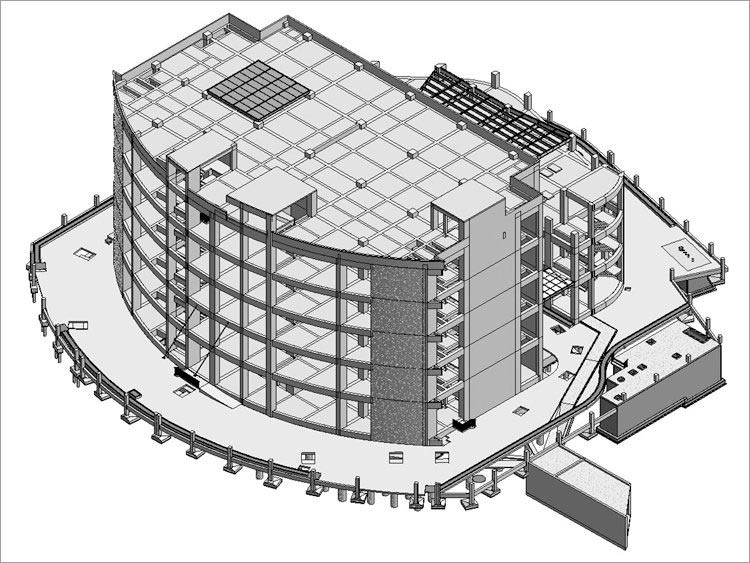

Implementation of BIM 3D Modelling
Software Tools for BIM Modelling
To effectively implement BIM 3D Modelling, choosing the right software tools is crucial. Several powerful tools cater to various aspects of the BIM process, making collaboration easier. Popular options include:
- Revit: Known for its comprehensive building design capabilities.
- Navisworks: Excellent for project coordination and clash detection.
- Archicad: Great for architects seeking user-friendly interfaces.
These tools enable teams to create detailed models that capture not just geometry but also project-related information.
Training and Education for BIM Implementation
While having the right software is essential, user proficiency is equally important. Providing training and education for team members can significantly enhance BIM implementation. Organizations can consider:
- Workshops & Seminars: Hands-on sessions led by experts.
- Online Courses: Flexible learning paths to fit individual schedules.
By investing in training, companies ensure everyone can utilize these tools effectively, creating a more seamless and productive workflow in their projects.
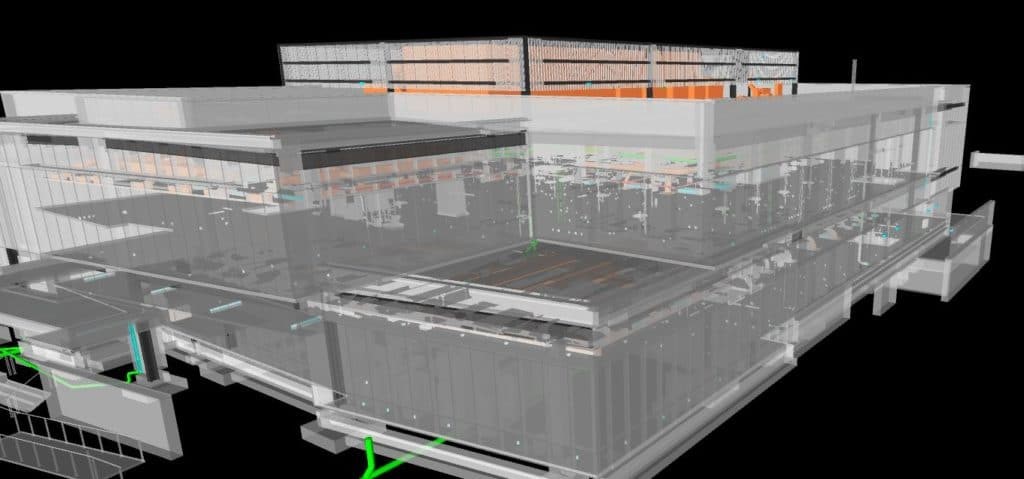

Advances in BIM 3D Modelling Technology
Integrating BIM with AR and VR
Recent advances in technology have significantly enhanced BIM 3D Modelling, particularly through the integration of Augmented Reality (AR) and Virtual Reality (VR). These technologies enable immersive experiences that allow stakeholders to interact with virtual models in a real-world context. For instance, during a project walkthrough, using AR can overlay a holographic model onto the job site, helping clients visualize the final product more clearly. Key benefits include:
- Enhanced Stakeholder Engagement: Clients can experience designs firsthand, leading to more meaningful feedback.
- Improved Problem-Solving: Teams can identify design flaws in a virtual environment before construction begins.
Utilizing Cloud Computing for BIM Projects
Another notable advancement is the utilization of cloud computing for BIM projects. Cloud-based solutions offer decentralized access to project data, facilitating collaboration among teams regardless of location. Benefits of cloud computing include:
- Real-Time Updates: Changes are instantly reflected across all user interfaces.
- Scalability: Teams can access increased storage and computing power as needed.
By embracing these technologies, organizations not only streamline workflows but also enhance collaboration and efficiency throughout the project lifecycle.
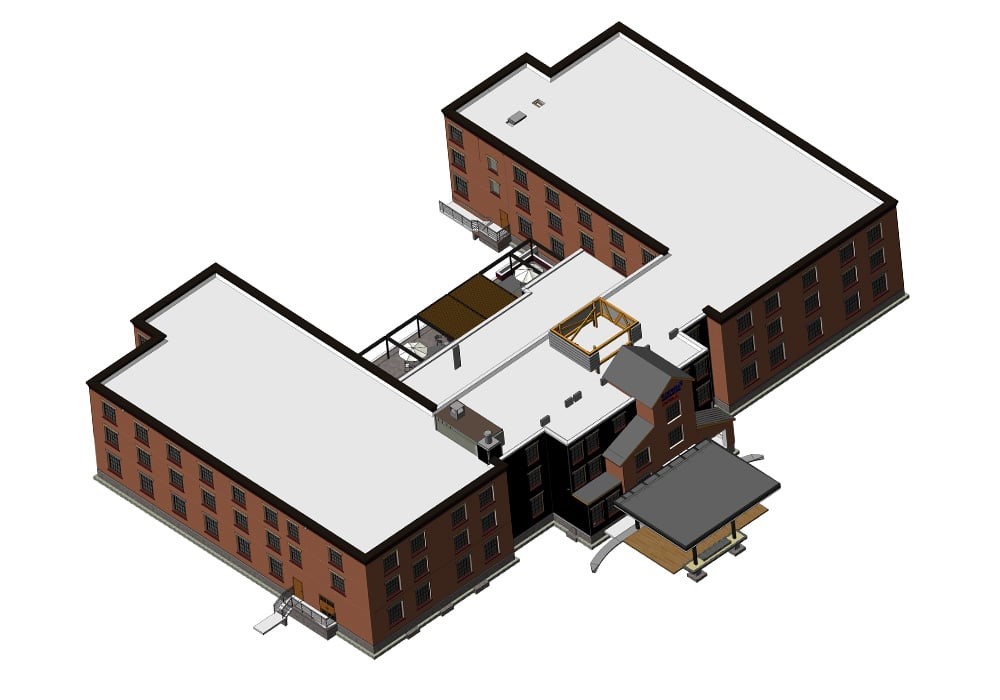

Case Studies and Success Stories
Real-world Applications of BIM 3D Modelling
The real-world applications of BIM 3D Modelling demonstrate its transformative impact across various projects. One remarkable example is the construction of the Shanghai Tower, where BIM was employed to manage complex structural elements and to streamline coordination among diverse teams. By utilizing BIM, the project team achieved:
- Enhanced Coordination: Clashes between structural and MEP systems were resolved early in the design phase.
- Informed Decision-Making: Real-time data analysis facilitated design optimization and resource allocation.
Impact on Project Delivery and Cost Savings
The financial implications of BIM are equally impressive. A case study of a commercial building project in London revealed that adopting BIM resulted in a 15% reduction in construction costs and a 25% improvement in project delivery time. These cost savings were primarily due to:
- Reduced Rework: Errors identified early in the process minimized costly construction changes.
- Efficient Resource Utilization: Accurate modeling allowed for better planning and scheduling.
Overall, these case studies illustrate how BIM not only enhances project outcomes but also creates significant value in cost savings and delivery efficiency.
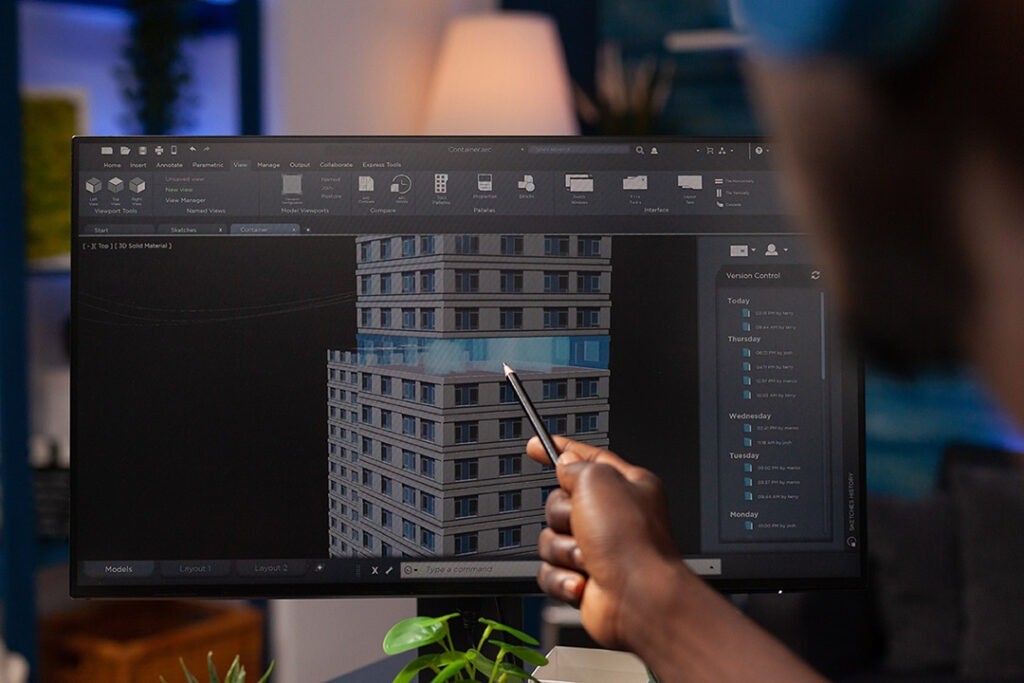

Challenges and Future Trends
Common Challenges in BIM Implementation
Despite the numerous benefits, BIM implementation does come with its share of challenges. Transitioning from traditional methodologies to a BIM-centric approach can be daunting for many firms. Some common obstacles include:
- Interoperability Issues: Different software platforms often struggle to communicate seamlessly.
- Resistance to Change: Some team members may be set in their ways and resistant to adopting new technologies.
For instance, a colleague of mine faced significant pushback when transitioning to BIM at his firm, illustrating the need for thorough change management strategies.
Emerging Trends in BIM 3D Modelling
Looking ahead, several emerging trends are poised to shape the future of BIM 3D Modelling. Among them is the increasing integration of Artificial Intelligence (AI) to automate tasks and enhance predictive analytics. Additionally, the growth of collaborative platforms will further facilitate communication among project stakeholders. These trends promise to refine workflows, optimize project outcomes, and create a more agile response to the complexities of construction, marking a bright future for the construction industry.
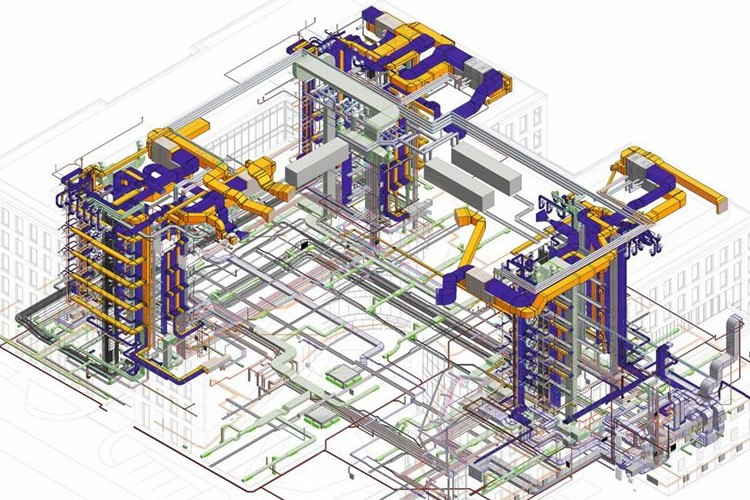

Conclusion
Recap of Benefits and Importance
As we've explored, BIM 3D Modelling stands as a cornerstone for modern construction practices. Its myriad benefits, including improved collaboration, enhanced visualization, and increased efficiency, have transformed how projects are conceived and executed. Key takeaways include:
- Enhanced Communication: A centralized model that all stakeholders can access.
- Cost and Time Savings: Early issue detection leads to fewer delays and reworks.
Such advantages not only streamline workflows but also elevate the overall quality of construction projects.
Future Outlook for BIM 3D Modelling
Looking ahead, the future of BIM 3D Modelling is bright. With the continuous advancement of technologies like AI, AR, and cloud computing, the potential to push boundaries is limitless. These developments promise to deliver even greater efficiencies, making projects more adaptable and responsive to changes in real-time. As the construction landscape evolves, BIM will undoubtedly play a pivotal role in shaping the industry's trajectory, ensuring that it remains at the forefront of innovation.

No comment